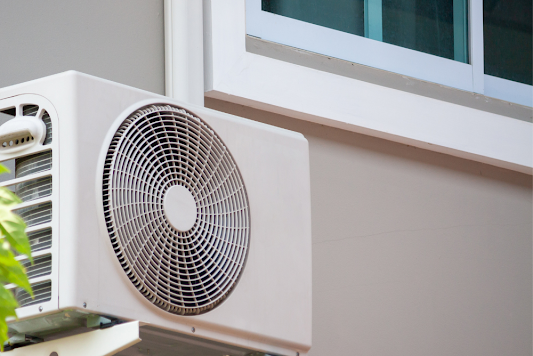When your outside AC unit fails to power up, it can quickly turn a comfortable home into an uncomfortable one, especially during the hot summer months. Several factors could contribute, from electrical problems to mechanical failures. This guide aims to help you diagnose the problem and understand potential solutions to get your AC unit running again.
Common Causes:
Electrical Issues:
- Tripped Circuit Breaker: The most common reason an AC unit fails to power up is a tripped circuit breaker. Check your circuit breaker panel to see if the breaker controlling your AC unit has tripped.
- Faulty Wiring: Inspect the wiring thoroughly for any signs of exposure or damage. If there is, it could interrupt the electricity flow to your AC unit, rendering it unable to power up.
- Capacitor Problems: Capacitors are essential components in an AC unit's electrical system. If a capacitor fails, it can prevent the unit from starting up properly.
Thermostat Malfunction:
- Incorrect Settings: Sometimes, the issue might be as simple as the thermostat being set incorrectly.
- Dead Batteries: If your thermostat relies on batteries for power and they're dead, the thermostat won't be able to send signals to the AC unit, which will prevent it from powering up.
Mechanical Failures:
- Compressor Issues: A faulty compressor can prevent the AC unit from turning on. Compressor problems often require professional diagnosis and repair.
- Fan Motor Failure: If the fan motor in the outside unit fails, the unit won't be able to dissipate heat properly, and it will refuse to power up.
- Blocked Airflow: Debris, such as leaves, dirt, or other obstructions around the outside unit, can block airflow, causing the unit to overheat and shut down.
Troubleshooting Steps:
- Verify the circuit breaker's status and reset it if required.
- Test the wiring for any signs of wear or damage and undertake repairs or replacements as necessary.
- Utilize a multimeter to assess the functionality of the capacitor and ensure it's operating correctly.
- Replace thermostat batteries if they're dead and ensure the settings are correct.
- Clean the outside unit and remove any debris obstructing airflow.
If the preceding steps fail to address the problem, contact a professional HVAC technician for further diagnosis and repair.
FAQs:
Why did my outside AC unit suddenly stop working?
There could be several reasons why your outside AC unit stopped working suddenly, including electrical issues such as thermostat malfunctions or mechanical failures like a compressor or fan motor problem.
Can I fix my outside AC unit not powering up on my own?
Some issues, such as breakers or thermostat settings, can be addressed by homeowners. Nevertheless, intricate issues such as compressor or fan motor failures may necessitate professional assessment and repair for optimal performance of the unit.
Conclusion:
A non-functioning outside AC unit can be a source of frustration, especially during the peak of summer. You can pinpoint and address the problem by comprehending the potential origins and adhering to the troubleshooting procedures detailed in this manual.





No comments:
Post a Comment